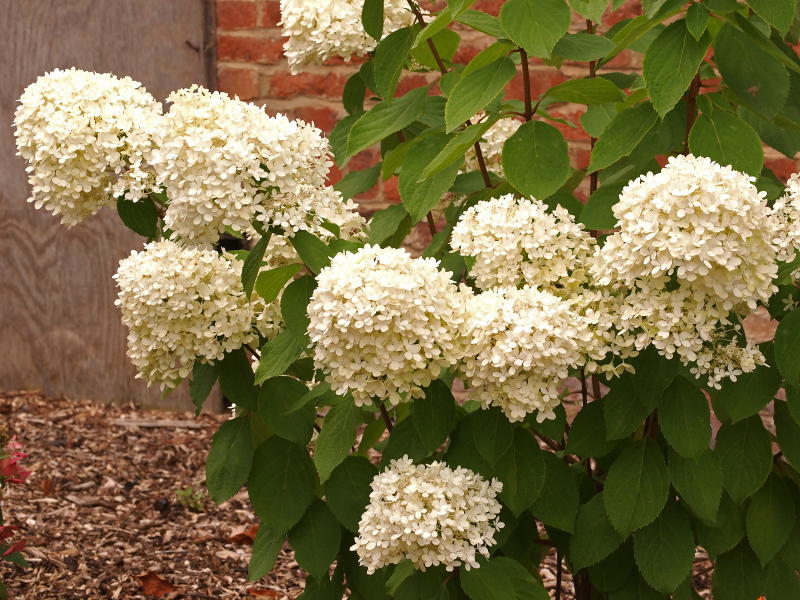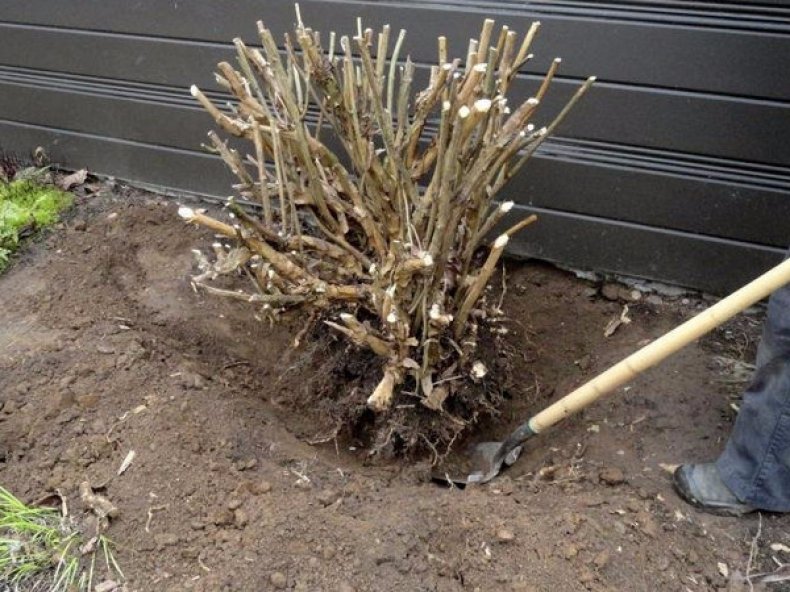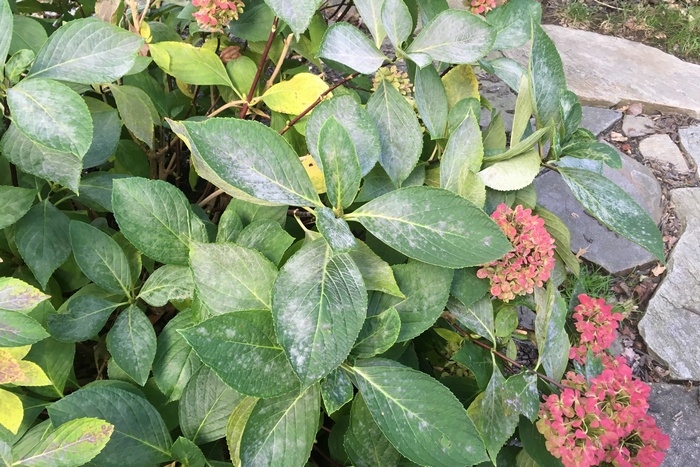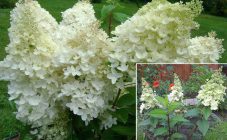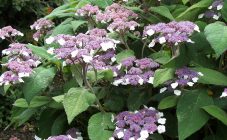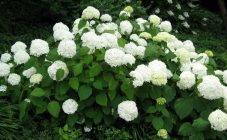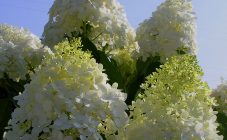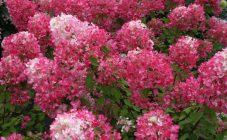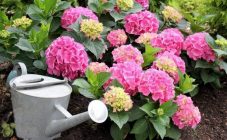The name of the plant in translation from English means "Magic candle". Indeed, outwardly, the flower resembles a carved candle. It is great for growing in temperate climates, blooms profusely for three months (early July to late September) and looks very luxurious.
Description of the plant
Magical Candle is a compact yet lush shrub with densely spaced flowers. In height, it can reach 3 meters, and in diameter - 1.5 m. With regular pruning of the shrub, the height of the hydrangea will be no more than 2 m, but the number of flowers will not change. Shoots are covered with dark green leaves with serrated edges.
The flowering phase begins in summer and lasts until mid-autumn. During this period, the lime-white color of the flowers turns into pinkish or even bright crimson.
The inflorescences themselves 25-30 cm high are arranged in the form of a pyramid and grow strictly vertically, due to which the whole plant looks harmonious.
Hydrangea Magic Candle is characterized by high frost resistance. It tolerates a drop in air temperature to -29 ° C well, and does not require shelter.
Planting instructions
High-quality seed and planting material is one of the most important components in the process of growing a strong and healthy plant.
This variety prefers nutrient soils with a slightly acidic or acidic reaction and does not take root in sandy areas. If the soil is alkaline, you need to acidify it. This can be done with high-moor peat or potash salt.
For Magic Candle too humid and shady places are not suitable, it is necessary to ensure the supply of sufficient light. It is also not recommended to plant hydrangeas near treelike plants that have a shallow root system, as they can compete with each other for moisture and nutrients.
Landing technology
The best time for planting seedlings is in early spring, when the buds are not yet swelling, or in autumn, when flowering has already ended. Since the plant is unpretentious, planting is carried out according to general recommendations:
- Dig a hole twice the size of the seedling earthen clod
- Carefully transplant the hydrangea, having first straightened its roots
- Mix soil with compost and fill the hole with it
- Tamp the soil and water the plant abundantly
Plant care
This culture is very hygrophilous. It needs to be provided with regular and abundant watering (30-50 liters of water). In hot conditions, shrubs are watered 8 times a month, and in temperate climates - 5 times. If there are moisture-retaining substances in the soil, the frequency of watering can be reduced. It is best to water the plant early in the morning or in the evening, when the activity of the sun has decreased, otherwise the leaves will get burned.
The soil in which the hydrangea grows must always remain moist, therefore it is recommended to mulch the upper layers. Mulch is made from sawdust, leaves, pine needles, or dry grass. Also, the top layer must be loosened so that a sufficient amount of oxygen flows to the roots.
The best time for fertilization is in late May-early June, when the shrub begins to grow. When feeding Magic Candle, preference should be given to organic or mineral fertilizers.
The following are used as natural nutritional components:
- Compost.
- Manure.
- Bird droppings.
- Mullein.
Complex mineral supplements are selected based on the vegetation stage. When the first leaves open, a nitrogen solution is introduced, and before flowering, potassium-phosphorus fertilizers are applied.
It must be remembered that hydrangeas are harmed not only by a lack of nutrients, but also by their excess. Because of it, the plant may not bloom, but only grow.
Shrub formation is an important part of hydrangea care. Too thickened crown provokes the emergence of pests. Pruning should be done before the buds swell. Thin (less than 1 cm in diameter) and dry branches are completely cut off, and healthy ones - by a third, so that five or six buds remain on the shoot.
After 8 years, it is recommended to prune the hydrangea as low as possible. She will give strong shoots and will be pleasing to the eye again.
Such simple manipulations will help the shrub develop a powerful root system and ensure abundant flowering.
Diseases and pests
Powdery mildew
Signs: the leaves are curled, covered with a gray bloom, like flour.
Reason: high humidity, sudden temperature changes.
Treatment: the use of biological products (Baktofit, Fitosporin, Topaz).
Aphid
Signs: punctures from insect bites are visible on the leaves, the flowers are deformed, quickly wither.
Control methods: mechanical treatment (manual removal of pests), biological treatment (attraction of birds and insects that feed on aphids), chemical treatment.
Folk remedies:
- Soap solution. To prepare it, mix a couple of tablespoons of liquid soap, two glasses of warm water and ½ cup of vegetable oil. Spray the resulting mixture with hydrangea 2 times a day for three days.
- Garlic spray. Make gruel from three cloves of garlic and insist it in a glass of water for a day, then add a couple of tablespoons of vegetable oil and liquid soap. To combat aphids, 1 spoonful of infusion is diluted in a liter of water and sprayed on the affected areas of the plant.
This type of hydrangea goes well with other plants, therefore it is popular among landscape designers. It is used to create mixborders (flower beds from multi-tiered plants), hedges and as an independent decoration of the site.
Thus, planting a panicle hydrangea Magic Candle will be an excellent option to not only green the site, but also saturate it with bright colors.
